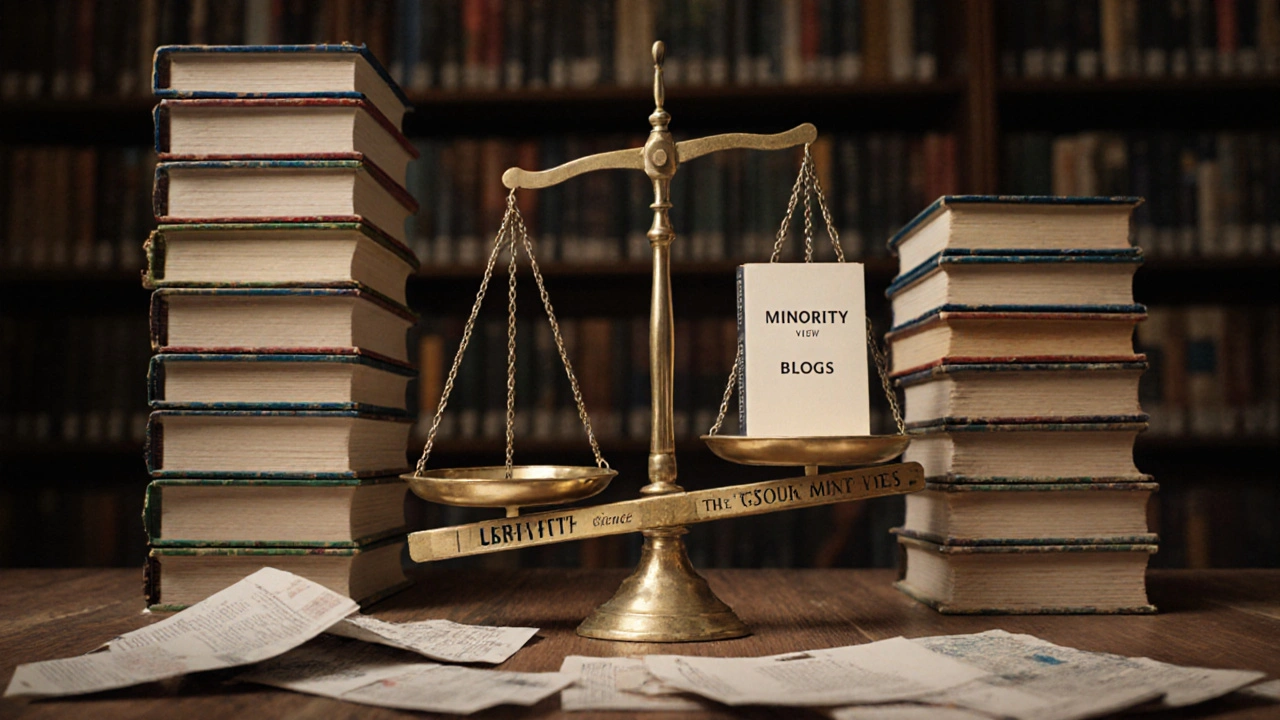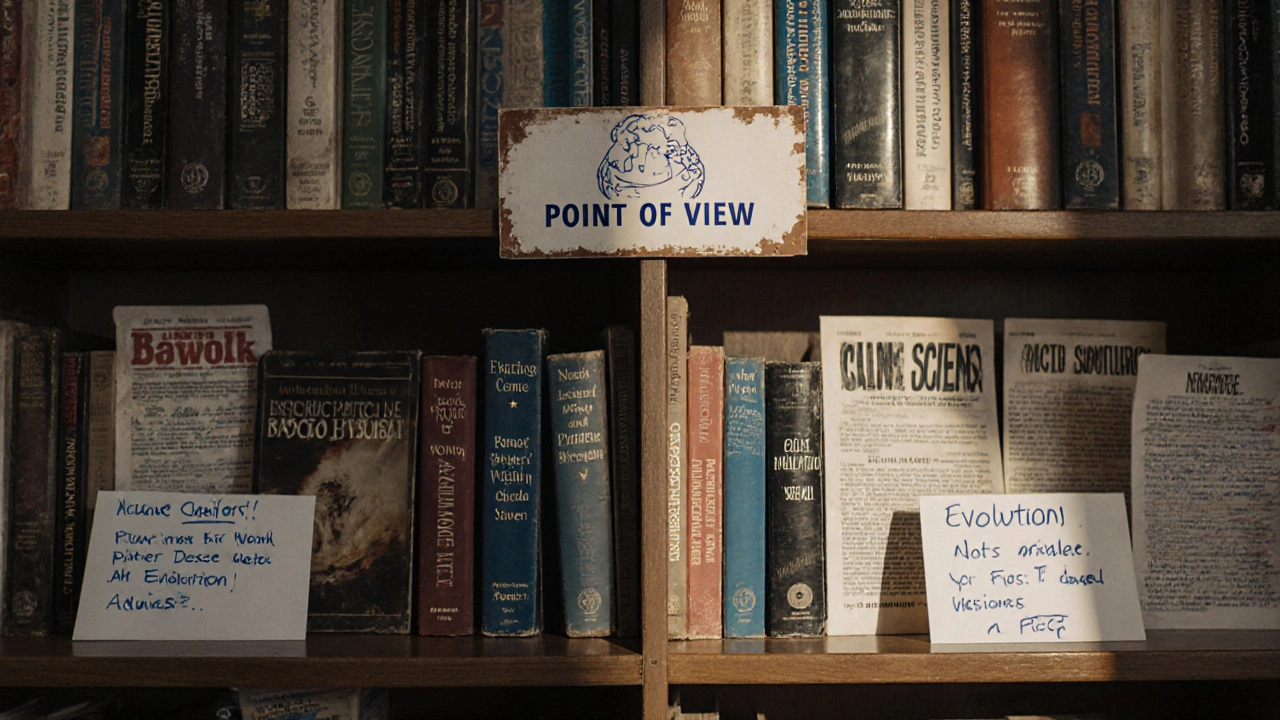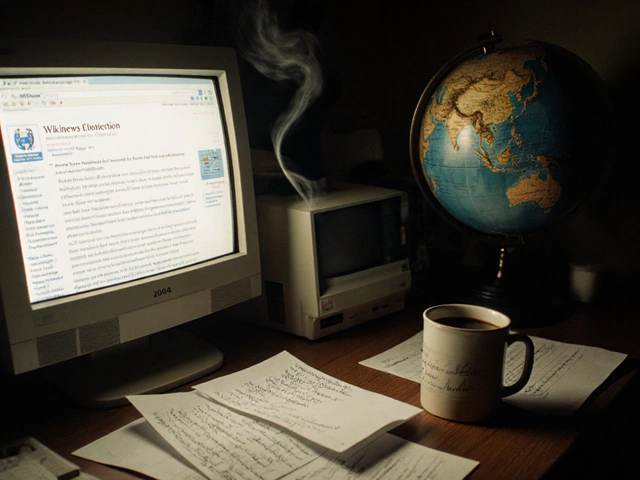Wikipedia neutrality: How the encyclopedia stays fair and what happens when it doesn't
When you open a Wikipedia article, you expect facts—not opinions. That’s the promise of Wikipedia neutrality, the principle that articles must present all significant viewpoints fairly, without favoring any side. Also known as neutral point of view, it’s not a suggestion—it’s a policy that every edit must pass through. Without it, Wikipedia becomes just another echo chamber. This isn’t about avoiding strong opinions. It’s about showing what reliable sources say, not what editors believe. If a scientific consensus exists, it’s stated. If there’s real debate, both sides get space—weighted by how much support they have in credible publications.
But neutrality doesn’t mean silence. It’s why editors fight over how to describe climate change, gender identity, or historical conflicts. The real challenge isn’t finding sources—it’s deciding which ones matter. Reliable sources, published materials with editorial oversight like academic journals, books, and major news outlets are the backbone. A blog post or tweet doesn’t count, no matter how popular. And when sources are missing—like for Indigenous histories or small-town events—neutrality breaks down because the story is incomplete. That’s where systemic bias, the hidden gaps in Wikipedia’s content caused by who gets to edit and what knowledge gets prioritized becomes visible. It’s not always intentional. It’s just who’s been writing history for decades: mostly Western, male, English-speaking volunteers.
Wikipedia’s neutrality policy doesn’t work in a vacuum. It depends on Wikipedia policies, the formal rules that guide editing, from sourcing to dispute resolution to enforce it. When someone adds a biased claim, others revert it—not because they disagree, but because it violates policy. That’s why the community spends so much time on talk pages, arguing over wording, not facts. It’s messy. It’s slow. But it’s designed to prevent any one person from shaping reality.
What you’ll find below isn’t just theory. It’s real cases: how AI tries to mimic neutrality and fails, how journalists use Wikipedia as a fact-checking tool without treating it as a source, how volunteers fix gaps in coverage, and how takedown requests erase important context. These stories show neutrality isn’t a static rule—it’s a living practice, under constant pressure. Some edits make it better. Others break it. The line between fair and biased is thin, and thousands of volunteers are still trying to hold it.
Due Weight on Wikipedia: How to Balance Majority and Minority Views in Articles
Wikipedia's due weight policy ensures articles reflect the real balance of evidence from reliable sources-not popularity or personal bias. Learn how to fairly represent majority and minority views without misleading readers.
What Neutral Coverage Means for Polarized Topics on Wikipedia
Wikipedia’s neutral coverage doesn’t ignore controversy - it documents it fairly. Learn how the platform balances polarized topics with facts, sources, and transparency - and why it still works in a divided world.








